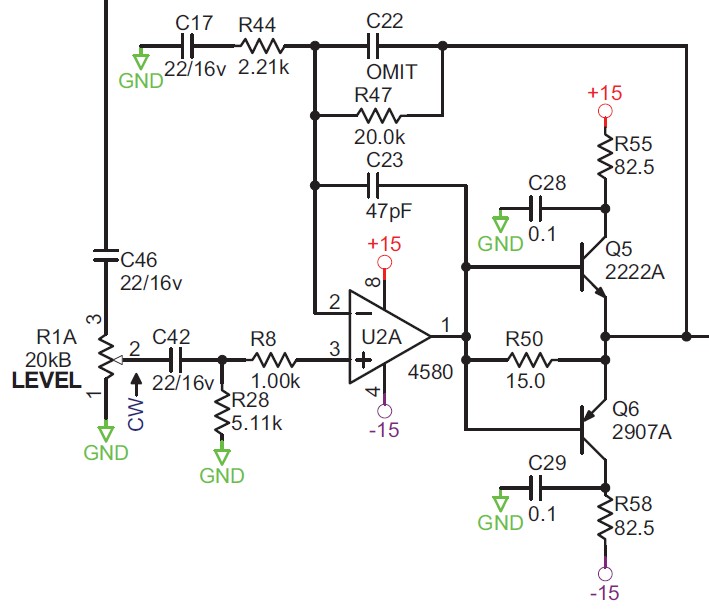Though the February/March print issue content has yet to be published to the web with the full test results, I found some useful facts that I thought I'd share.
Sony MDR-Z1000: 28 Ohms avg. 31 max @ 71 Hz.
Grado RS2i: 32 Ohms avg. 45 at 68 Hz.
HiFiMan HE-300: 58 Ohms nominal 94 max @ 68 Hz.
Audio-Technica ATH-AD900: 35 Ohms avg. 45 @90 Hz.
BeyerDynamic DT-990 is available in 32, 250 and 600 Ohms. 32 Ohm tested: 32 Ohm avg. 43 Ohms @ 100 Hz.
They used a Rane HC6 which appears to be a "0" Ohm output and then added 75 Ohm build-out to check for impedance peaks with each model.

Rane HC6S Headphone Amp Output
The role of R8 interests me.
Is it to lower THD or to improve overload recovery with the JRC 4580?